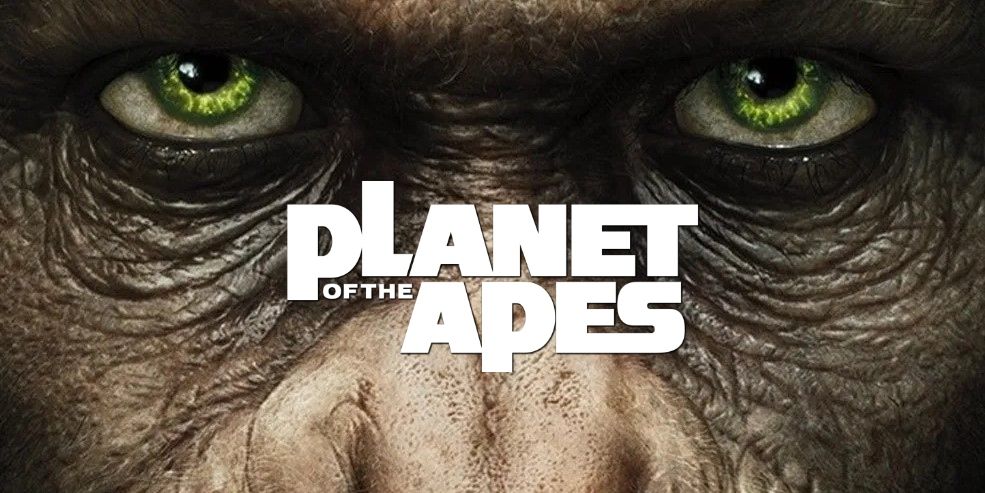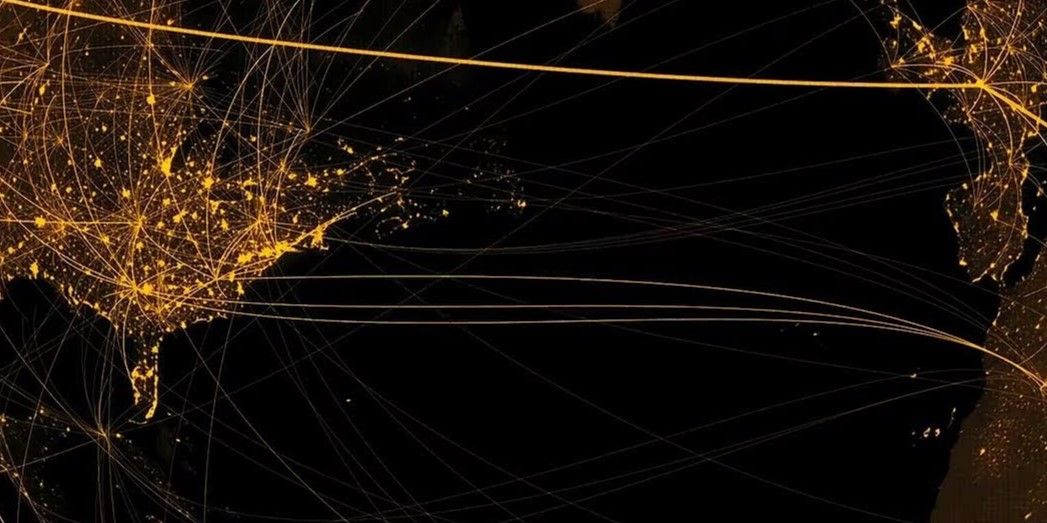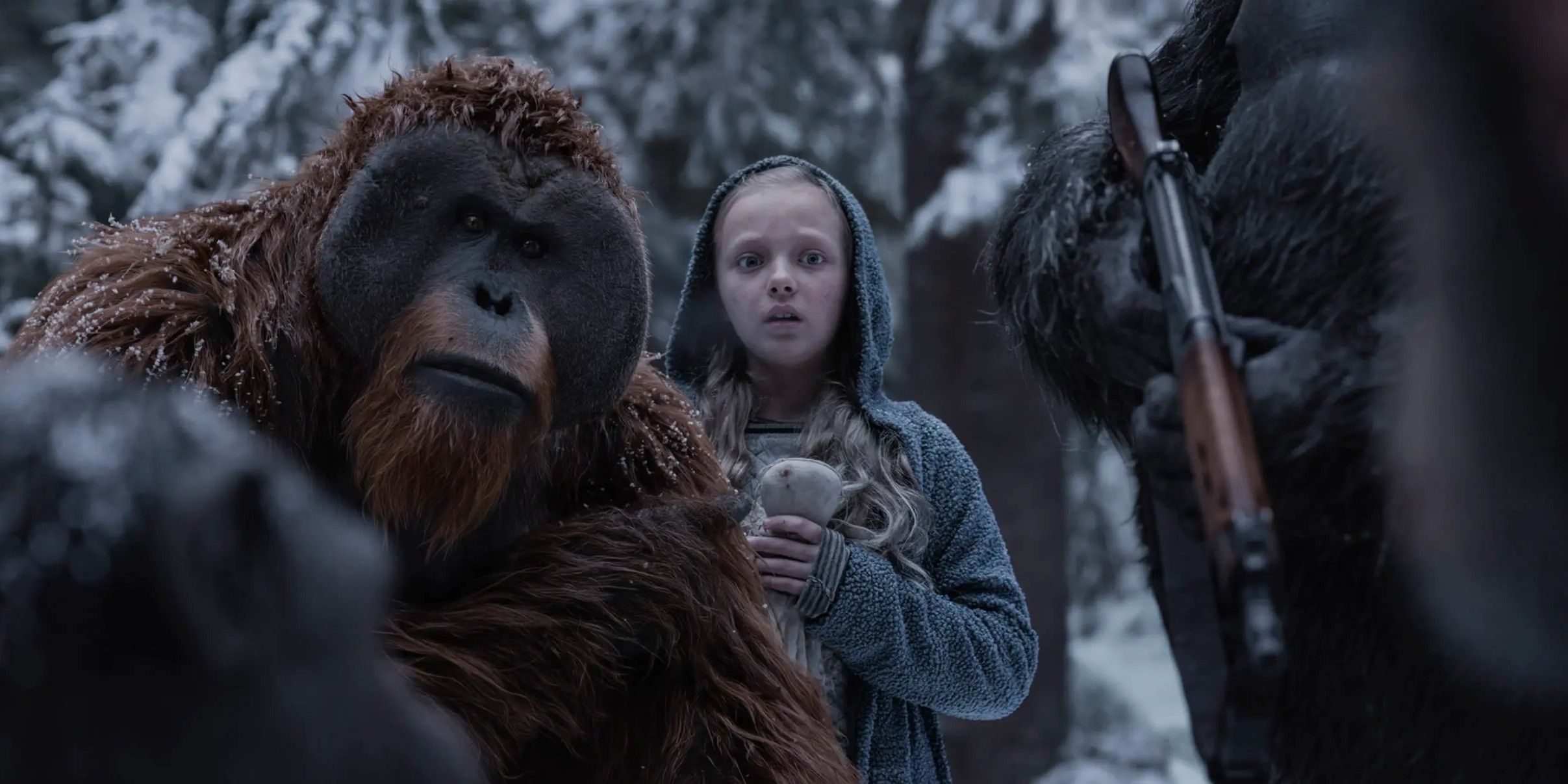Highlights
- In the Planet of the Apes reboot prequel trilogy, the virus called the Simian Flu leads to the downfall of humanity and the rise of the apes.
- The Simian Flu was initially developed as a cure for Alzheimer's Disease, but it ended up being deadly to humans while making apes more intelligent.
- The mutated Simian Flu caused humans to lose the ability to speak, leading to a post-apocalyptic world where the apes dominate and human civilization collapses.
Some apocalyptic films and shows feature a disaster caused by nuclear warfare or natural disasters. Others, such as 28 Days Later or HBO's The Last of Us, stem their "end of days" from a virus that spread globally, which, in their cases, turned people into zombies. But in a story like Planet of the Apes, there are people roaming Earth who aren't zombies, yet those infected are not exactly who they once were.
In the reboot prequel trilogy of Planet of the Apes (consisting of Rise of, Dawn of, and War for the Planet of the Apes), the virus that spreads throughout the world is called the Simian Flu. While it is the root of the downfall of humanity, it is also the factor that allows the apes to gradually rise to power.
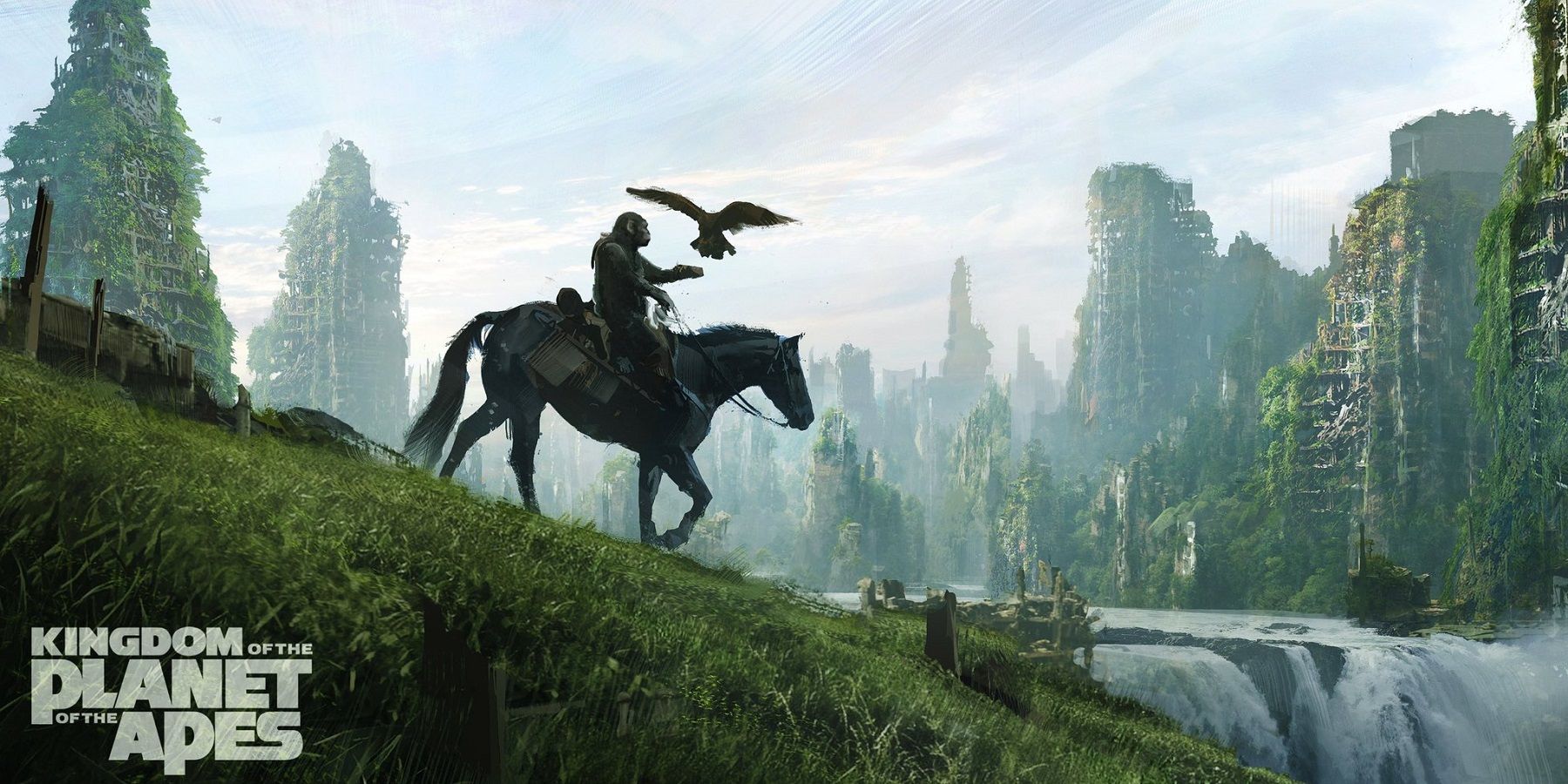
Kingdom of the Planet of the Apes: Timelines Explained
A retrospective of what happened in the Planet of the Apes series before the upcoming fourth installment.
The original 1968 Planet of the Apes film showed humanity falling to the power of the evolving apes, and slowly devolving themselves throughout time. However, the directors of the prequel trilogy, Rupert Wyatt and Matt Reeves, reimagined the concept. They used a pandemic as a more logical explanation for the downfall of humanity, and the rise of the apes.
What Is the Simian Flu?
Simian Flu | |
|---|---|
Appearances in Film |
|
Cause | ALZ-113 Retrovirus Serum |
The Simian Flu is a virus created by Gen-Sys biotech scientist Will Rodman. Initially, Rodman wanted to use the virus as a serum to inject into humans as a cure for Alzheimer's Disease. The first version of the virus, ALZ-112, was tested on primates at the lab. It proved successful in repairing brain cells while also improving general intelligence, particularly on the test chimpanzee named Bright Eyes. After testing the serum on his father, the ALZ-112 worked and Rodman's father was cured of the dementia that he suffered from. However, his immune system soon fought against the virus, and he once again fell ill.
Rodman then decided to make a more powerful virus, named ALZ-113, this time in a gaseous form. ALZ-113 was tested only on one ape named Koba, and it showed promising results that worked faster than its predecessor. However, after being exposed to the ALZ-113, a Gen-Sys scientist named Robert Franklin became extremely sick. The chemical caused internal bleeding, eventually killing him.
While the ALZ-113 retrovirus was dangerous to humans, apes responded very well to it. The virus made them immensely more intelligent and gave the irises of their eyes a green color. Soon, the virus spread across the world, and it was eventually given the name Simian Flu.
How Did the Simian Flu Spread?
Dr. Robert Franklin was the first to be exposed to the Simian Flu, and quickly became sick. In an attempt to receive help from his colleague Will Rodman, he went to Rodman's home to tell him about the effect the ALZ-113 retrovirus was having on him. In the process, he encountered Rodman's neighbor, Douglas Hunsiker, and accidentally sneezed onto him, getting blood on his face. Franklin's infected blood eventually seeped into Hunsiker's bloodstream.
The virus might have had a chance at not spreading, but Hunsiker was a pilot for a commercial airline. And so, as he started showing initial signs of becoming sick from the virus, he went on to go to work and fly a plane with hundreds of passengers. As a result, a he passed the Simian Flu onto them, causing a chain reaction of contamination. Soon, the virus had spread across the world.
While the Simian Flu spread to humans worldwide, it also managed to find apes in various parts of the world, as it became an airborne virus. Caesar, who was the son of Bright Eyes and had inherited the effects of the ALZ-112 serum, had exposed his fellow apes to ALZ-113, making them extremely intelligent. Similarly, the apes around the world exposed to the Simian Flu grew to the same level of intelligence.
What Are the Side Effects of the Simian Flu?
While the virus made apes superiorly intelligent, for many humans, the Simian Flu was instead fatal. However, there were some who found themselves immune to the virus. These people proceeded to build colonies in which they could live and try to re-establish a civilization. But, as is the case with many viruses, the Simian Flu underwent a mutation, putting even those who were immune in danger of suffering its effects.
While bleeding remained a side effect for those infected with the mutated Simian Flu, the far scarier side effect was how it caused the inability to speak. Those effected by the mutated Simian Flu could make noise, but it was incomprehensible gibberish, mostly coming out in moans and groans. Their brains still worked, and they wanted to speak words, but they were unable to do so.
In some colonies — for example, the one run by the Colonel at the Alpha-Omega military campsite — those infected by the mutation were killed to prevent them from spreading it any further. Presumably, though, it eventually found its way to every human on Earth. This must have been the case if viewers are to assume the timeline of the prequel trilogy is canon with the original Planet of the Apes story, where humans lost the ability to speak completely.

Planet of the Apes Trilogy
In an attempt to cure Alzheimer's Disease, scientist Will Rodman of Gen-Sys Laboratories creates a serum that can repair brain cells and improve general intelligence. First being used on chimpanzees, a chimp named Caesar becomes extremely intelligent. However, the virus eventually becomes deadly to humans, causing a worldwide pandemic where the apes find themselves not only immune to the virus, but becoming more intelligent because of it. This trilogy serves as a prequel to the 1968 Planet of the Apes film.
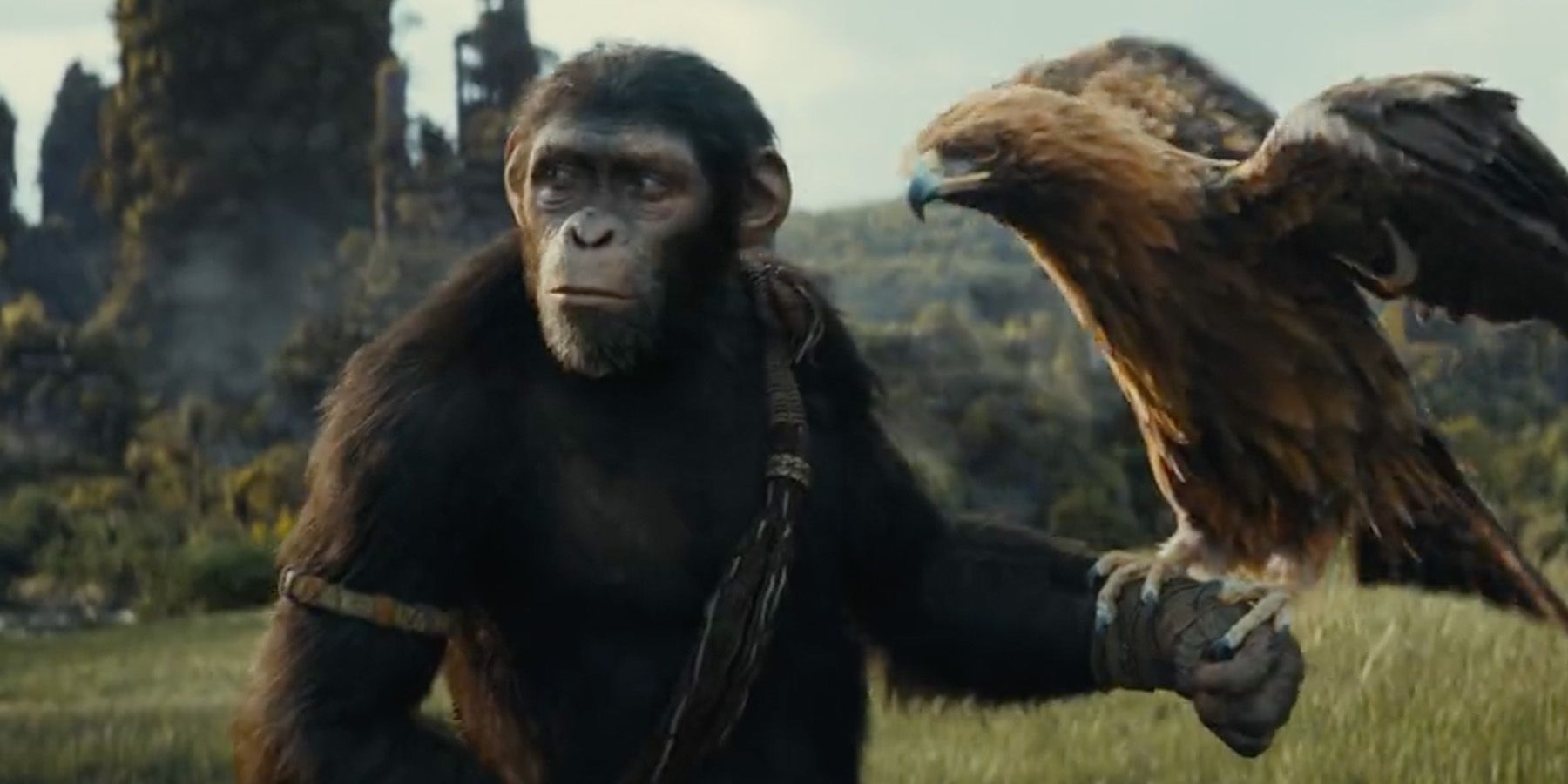
The Far Cry Formula Feels Tailor Made for a Planet of the Apes Video Game
With Avatar: Frontiers of Pandora, Ubisoft has begun applying the Far Cry formula to other IPs, and Planet of the Apes should be next in line.


